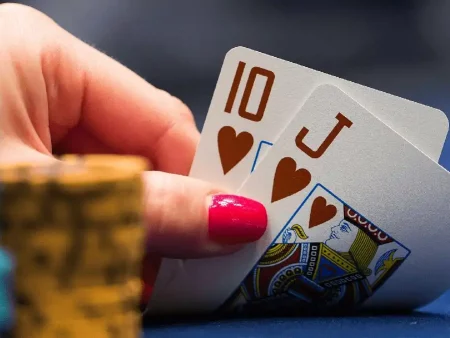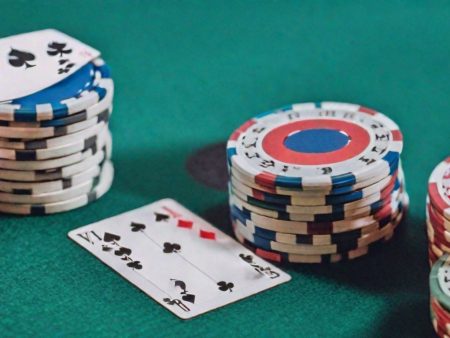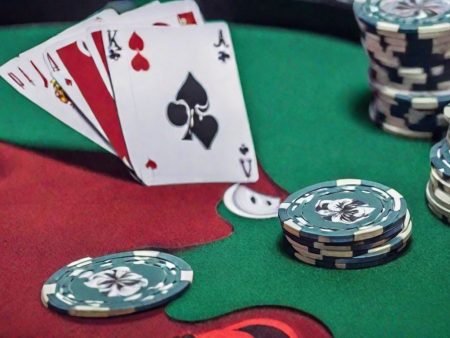In the world of poker, where every hand turns into a tense battle of tactics and cunning, the concept of a “raise” holds a special place. It’s not just a way to increase a bet; it’s a true art form that can confuse opponents and completely alter the flow of the game. For beginners, this move might seem intimidating, but for seasoned players, the raise is a gateway to success and a cornerstone of dominance at the table.
A raise is more than a simple increase in stakes—it’s a meticulously calculated tactical maneuver that allows players to control the game’s progression. It can help grow the pot, compel opponents on online platforms to fold on the flop, and even execute a successful bluff. However, to use this move effectively, a player must consider numerous nuances, adapting to the table’s dynamics and making decisions based on the current situation.
The Art of Timing
The key to a successful raise is knowing when to seize the moment. A deep understanding of the game’s context and the ability to adjust strategies on the fly can transform a raise from a basic betting tool into a powerful weapon. Timely aggressive play creates pressure, forcing opponents into hasty decisions that often work to the raiser’s advantage.
For experienced players, a raise is not just a method of managing bets—it’s a way to apply psychological pressure. Poker masters who hone their skills on reputable online platforms can influence the game’s course, heighten tension, and significantly improve their chances of winning.
Read also: Poker positions: types and their impact on strategy.
The Fundamentals of a Strong Raising Strategy
Understanding the role of raising in poker strategy is essential for achieving mastery. This skill is critical at live tournaments but equally relevant for players who prefer the thrill of online games. The rules for raising vary across different poker formats:
- Limit Games: These games feature fixed minimum and maximum bet sizes. For instance, at a $1/2 limit table, bets on the preflop and flop are $1, doubling to $2 on the turn and river. The number of raises per round is typically capped at three.
- Pot-Limit Poker: The minimum raise equals the size of the big blind, while the maximum raise is determined by the total pot size.
- No-Limit Poker: The minimum raise must exceed the big blind, but there’s no upper limit, allowing players to go all-in.
Executing a raise effectively requires consideration of various factors: the table dynamics, opponents’ playing styles, stack sizes, and positions. For instance, an open-raise—a bet made from the first position with only the blinds involved—can be analyzed using RFI trackers, which help players make informed decisions and leverage raises to their advantage.
Read also: M-ratio in poker – how to calculate and use it.
Diverse Strategies for Raising
Skilled players employ various types of raises to control the game and manipulate their opponents:
- 3-Bet, 4-Bet, and 5-Bet: These are progressive levels of raising used to draw attention to the pot or increase pressure on opponents.
- Isolation Raise: A raise made after one or more players call the big blind, aiming to narrow the field and focus on a single opponent.
- Re-Raise: A response to an opponent’s raise that builds the pot and creates opportunities for bluffing.
- Blind Steals and Late-Position Raises: Aggressive moves in late positions to force opponents to fold.
- Check-Raise: A deceptive play that feigns weakness before aggressively raising an opponent’s bet.
- Squeeze Play: A 3-bet following a raise and one or more calls, designed to win the pot without showing cards.
An effective raise size depends on factors like board structure, pot odds, and player positions. For instance, with three players at the table, a pot odds ratio of 2:1 is often considered reasonable. The right raise size can make opponents hesitate, fold weaker hands, and leave the pot for the player who executed the move. Poker is a blend of strategy, psychology, and precise calculation. And if you’re looking for a casino with deposits starting at just $5, follow this link to explore more about the latest trends in the gambling industry on our blog. Want to improve your skills? Check out the blog on poker and casino tactics – play smarter and win more!
FAQ: Raising in Poker: Applications for Calling and Bluffing in Real Games with Examples
What does it mean to raise in poker?
To raise in poker means to increase the current bet during a betting round. It signals strength or a strategic move and forces other players to either call the new amount, re-raise, or fold their hands.
What are the main reasons for raising in poker?
Players raise in poker for several reasons:
- Value: To build the pot when holding a strong hand.
- Bluffing: To pressure opponents into folding better hands.
- Protection: To discourage opponents with drawing hands from staying in the game.
- Control: To dictate the pace of the betting round and gain information about opponents' hands.
How can raising be used effectively in bluffing?
Raising as a bluff works best when:
- The board favors your perceived range rather than your opponent's.
- You target opponents likely to fold weaker hands.
- You have a backup plan, such as outs to a strong hand if called.
For example, on a board like A♦ K♦ 8♣, raising with a flush draw or a backdoor straight draw adds potential to your bluff.
When should you raise instead of calling?
Raising is often preferable when:
- You believe you have the best hand and want to extract value.
- You want to reduce the number of opponents in the pot.
- You’re in a position to capitalize on fold equity.
- You want to test the strength of your opponents’ hands.
What are examples of strategic raising in poker?
- Continuation Bet Raise: Raising an opponent’s continuation bet on the flop to apply pressure.
- 3-Bet: Re-raising an initial raiser preflop to assert dominance and potentially take the pot immediately.
- Check-Raise: Trapping an opponent by checking first and then raising their bet to maximize value or bluff effectively.
What are the risks of raising in poker?
While raising has strategic benefits, it also carries risks:
- Overcommitment: Raising too often or with marginal hands can lead to significant losses.
- Telegraphing strength: Opponents may fold weaker hands, reducing your potential profit.
- Counter-bluffs: Skilled players may exploit frequent raises by re-raising or calling with marginal hands.
How does position influence raising decisions?
Position is critical for raising strategies:
- In position: Raising gives you an advantage by allowing you to act last in future betting rounds, leveraging additional information.
- Out of position: Raising can be more risky, as opponents can use their positional advantage to counter your moves.






